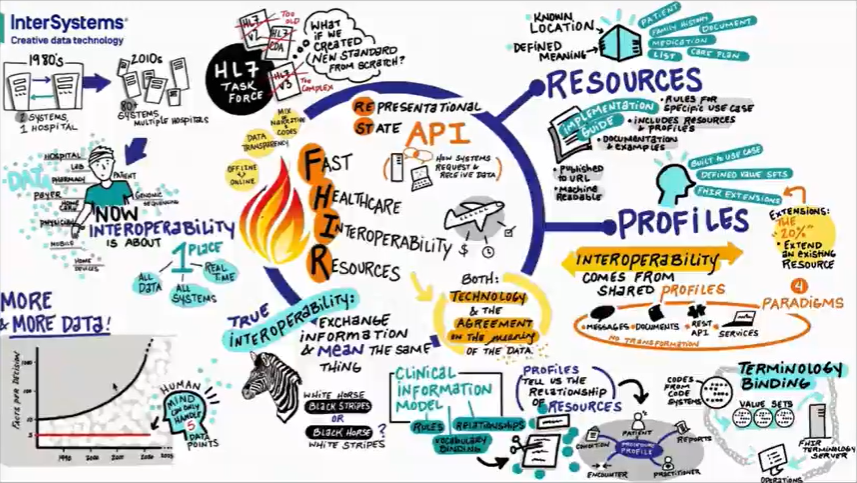Routing acks from one operation to another:
I was working on a scenario in which I wanted the acks and/nacks received from one downstream system to another interface which is not the source of the original message. Is there a way to achieve this scenario?
The reason being there's a separate interface handling the acks and will be used to manage the errors.
Thank you for the help!


.png)